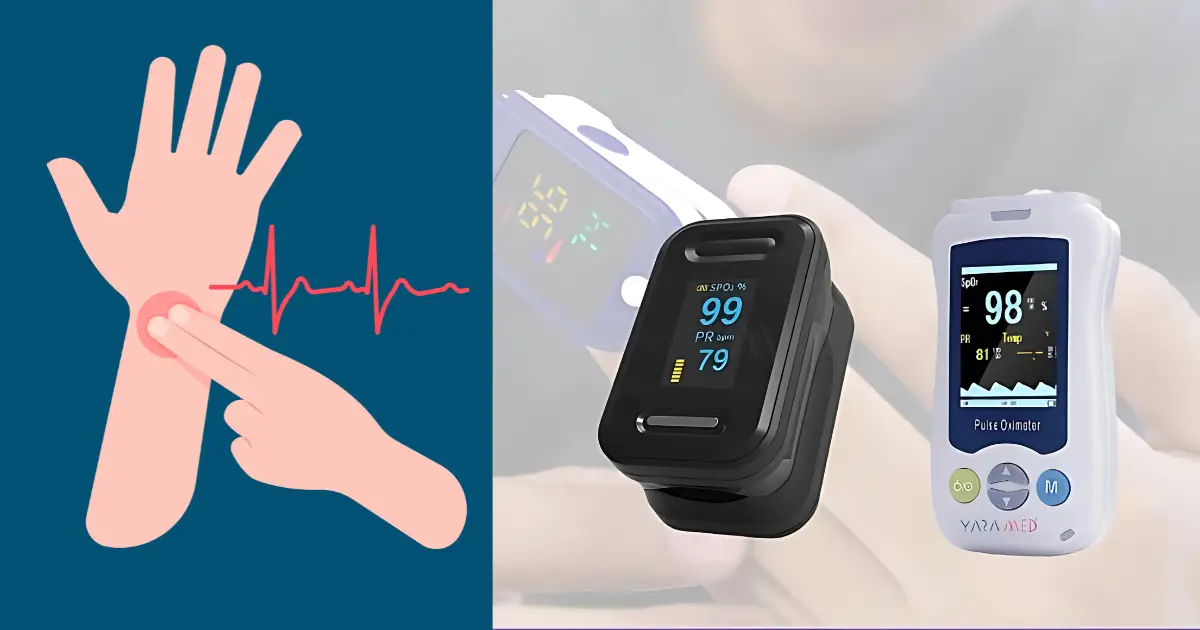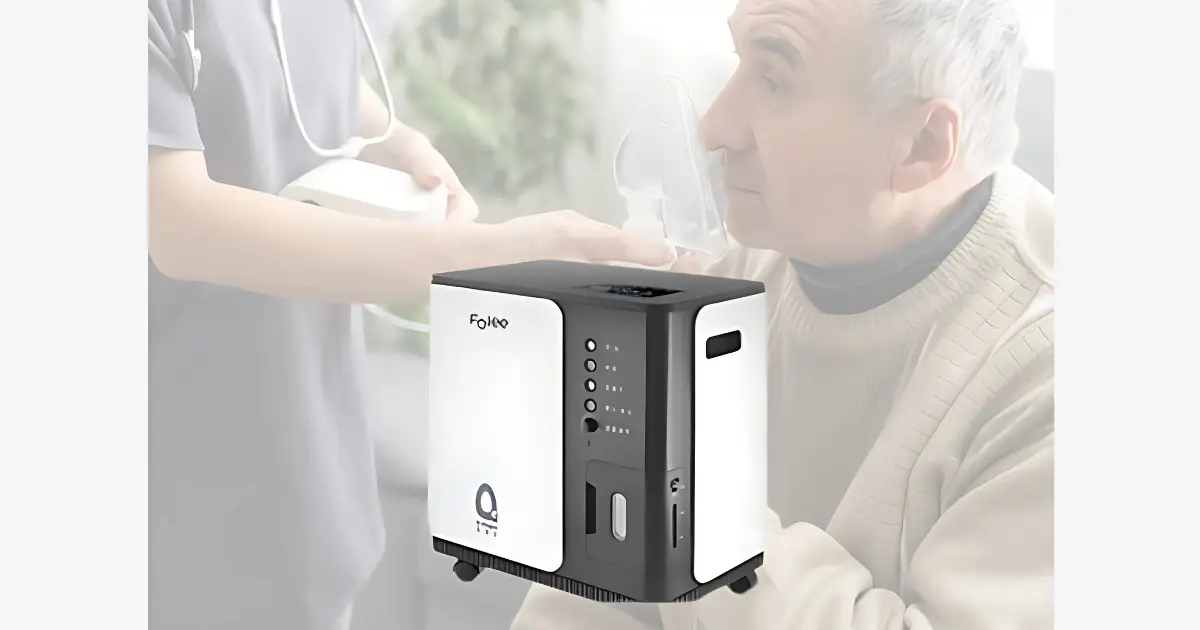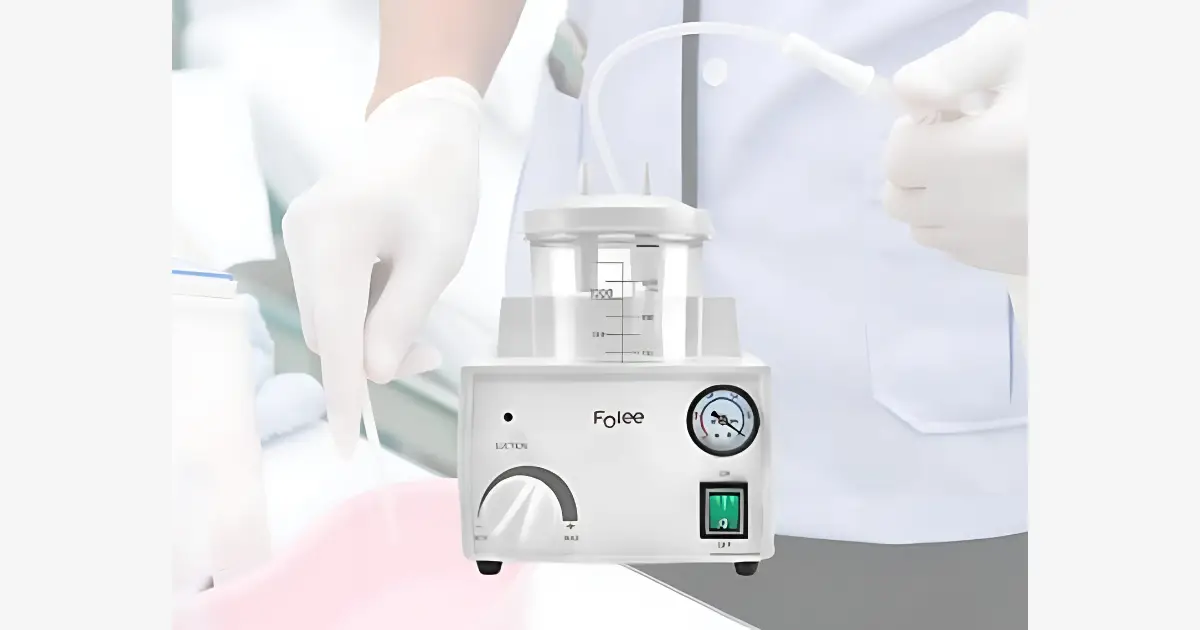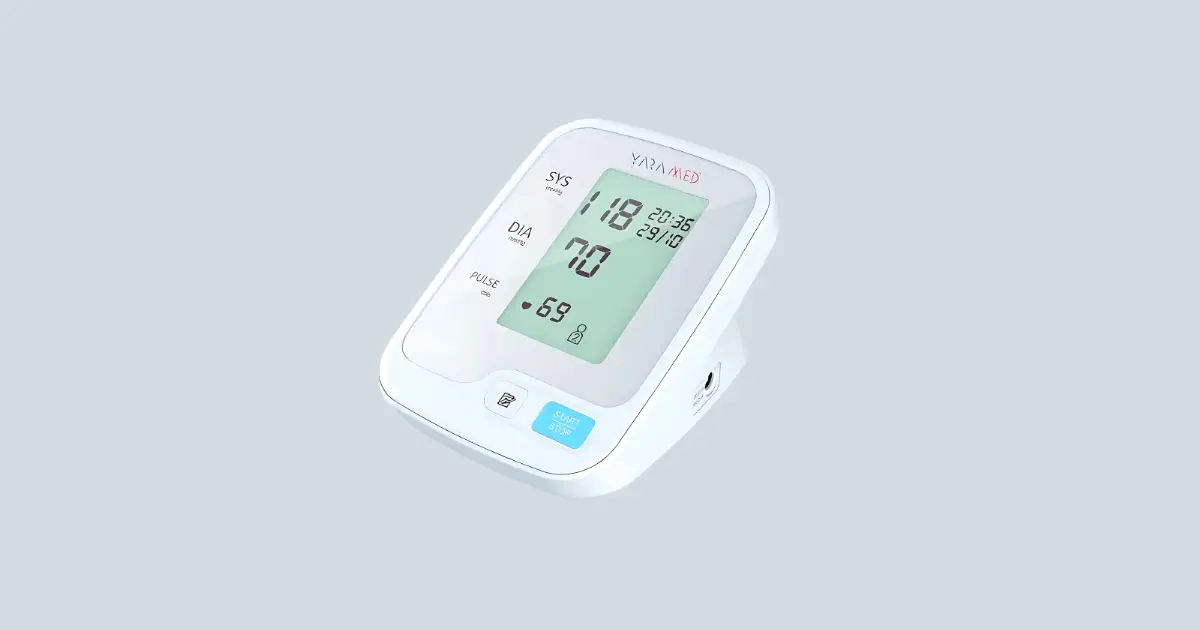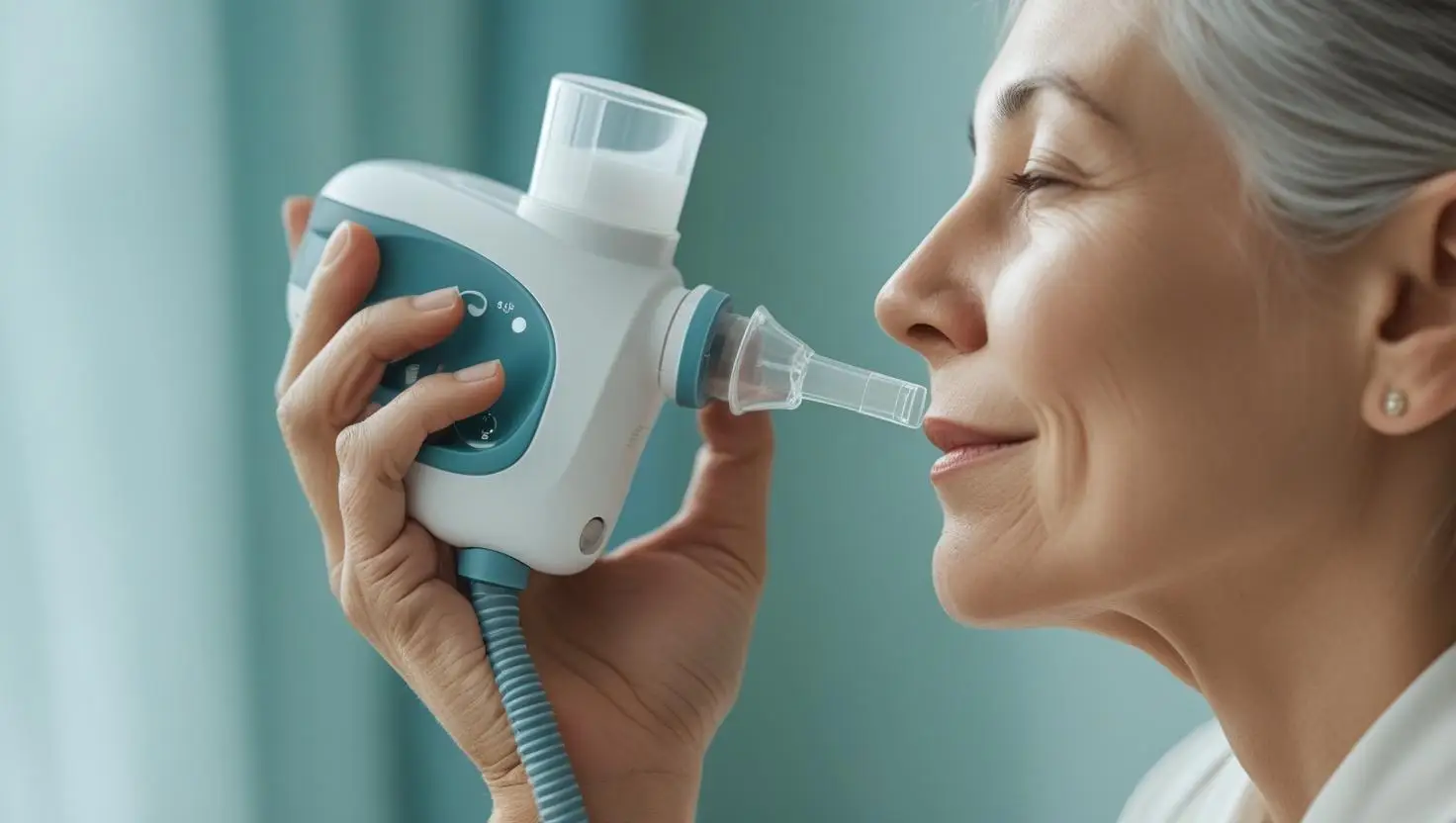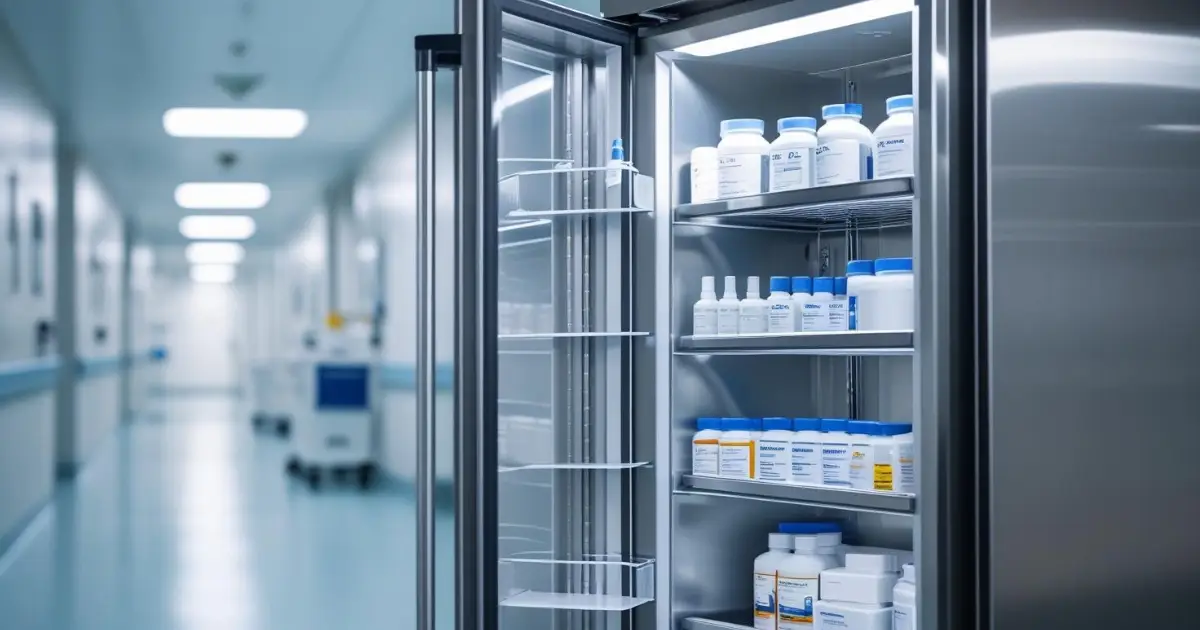Understanding High-Speed and Low-Speed Handpieces – Essential Tools for Dental Professionals
In the world of dentistry, precision, efficiency, and patient comfort are paramount. One of the key tools that help dentists achieve these goals are handpieces – the instruments used to perform a variety of procedures, from routine cleanings to complex restorative work.
Among the many types of handpieces available, the high-speed and low-speed handpieces stand out as two of the most commonly used in dental practices. A dental handpiece is a device used by dentists to hold rotary instruments such as burs, which are essential for cutting, grinding, polishing, and shaping teeth and bone. The handpiece itself provides the necessary speed and torque to perform these functions effectively.
High-Speed Handpiece: The Fast and Powerful Tool
The high-speed handpiece is arguably one of the most recognizable and essential instruments in a dental office. These handpieces are designed for quick and efficient procedures that require precision and power.
High-speed handpieces are powered by compressed air and operate at incredibly high speeds—typically between 300,000 and 400,000 rotations per minute (RPM). They are used with a variety of rotary instruments, like diamond burs and carbide burs, to remove tooth structure quickly and accurately.
The high speeds allow the handpiece to cut through tooth enamel and dentin with minimal pressure, reducing the risk of trauma to surrounding tissues. The cutting efficiency and speed also make high-speed handpieces ideal for procedures such as:
- Cavity preparation
- Tooth shaping and contouring
- Crown and bridge preparation
- Removal of decay
Low-Speed Handpiece: The Versatile, Control-Focused Instrument
In contrast to the high-speed handpiece, the low-speed handpiece operates at significantly lower speeds—typically between 10,000 and 40,000 RPM—and is used for tasks that require more control and precision over a longer duration.
Low-speed handpieces are typically powered by either air or electricity, and they offer greater torque at lower speeds. This makes them ideal for procedures that require more delicate handling, such as polishing, finishing, or refining dental restorations. Low-speed handpieces can be used with a wide variety of attachments, including:
- Straight handpiece attachments (for polishing)
- Contra-angle attachments (for smoother movements in hard-to-reach areas)
- Prophy cups (for teeth cleaning)
Low-speed handpieces are typically used for:
- Polishing fillings and crowns
- Finishing restorations
- Scaling and cleaning
- Root canal procedures
- Removable prosthesis adjustments
When to Use High-Speed vs. Low-Speed Handpieces
Both types of handpieces have specific advantages, and the choice of which to use depends on the procedure at hand. Here’s a basic guide:
Use a High-Speed Handpiece When:
- Preparing a cavity
- Shaping teeth for crowns and bridges
- Quickly removing tooth material
Use a Low-Speed Handpiece When:
- Polishing fillings or crowns
- Cleaning teeth
- Refining restorations
- Performing root canal procedures
Maintenance Tips for Dental Handpieces
To ensure that both high-speed and low-speed handpieces continue to function properly, regular maintenance is crucial. This includes:
- Cleaning and sterilizing: Proper sterilization between patients is essential for maintaining hygiene and preventing cross-contamination.
- Lubrication: Handpieces require regular lubrication to ensure smooth operation and extend their lifespan.
- Inspection and testing: Regular inspection for signs of wear and tear, and testing for speed accuracy, helps to ensure optimal performance.
Conclusion
In the dental profession, the use of high-speed and low-speed handpieces is fundamental to achieving high-quality results. Each type of handpiece has unique features that make it suited to different tasks, from fast, powerful cutting with high-speed handpieces to precise, controlled polishing with low-speed instruments.
By understanding the strengths of each, dental professionals can choose the right tool for the job, improving efficiency, patient comfort, and overall treatment outcomes.




